Leading market players are investing heavily in research and development in order to expand their product lines, which will help the Low Power Wide Area Network market, grow even more. Market participants are also undertaking a variety of strategic activities to expand their footprint, with important market developments including new product launches, contractual agreements, mergers and acquisitions, higher investments, and collaboration with other organizations. To expand and survive in a more competitive and rising market climate, Low Power Wide Area Networkindustry must offer cost-effective items.
Manufacturing locally to minimize operational costs is one of the key business tactics used by manufacturers in the Low Power Wide Area Network industry to benefit clients and increase the market sector. In recent years, the Low Power Wide Area Network industry has offered some of the most significant advantages to medicine. Major players in the Low Power Wide Area Network market, including Semtech Corporation (U.S.), LORIOT (Switzerland), NWave Technologies (London), SIGFOX (France), WAVIot (U.S.), Cisco Systems (U.S.), Actility (France), Weightless SIG (U.K.), Senet Inc. (U.S.), AT & T Inc.(Germany), Huawei Technologies Co.
Ltd. (China), Ingenu (U.S.),Link Labs Inc.(U.S.),Qualcomm Inc.(U.S.), Telefonica SA(Spain),Vodafone Group Plc. (U.K.) and others, are attempting to increase market demand by investing in research and development operations.
Telefónica has accelerated its growth in the first quarter of 2023 to confirm the positive trend in its main geographies with widespread increases in revenues across all segments and business units of the company, despite ongoing inflationary pressures. Between January and March, the operator reported revenues of €10,045 million, 6.7% higher than in the same period of the previous year. Telefónica continues to deliver on its commitment to reduce debt and continues to strengthen its balance sheet thanks to its ability to anticipate," said José María Álvarez-Pallete, Chairman and CEO of Telefónica.
The LORIOT family, our team, has grown to more than 25 people across multiple countries, our activities span the globe, with thousands of users in over 150 countries worldwide and our solution has been rewarded multiple times culminating, with our logo displayed on the iconic Nasdaq screen in the Times Square in New York after being nominated one of the 10 best European tech scaleups in 2019. the attention and adoption of LoRaWAN technology grew globally with exponential pace, our users on the Community Servers increased (and continue to do so, with amazing constancy) and the development of our network server progressed to a level soon ready For the professional market.
At the end of December 2015, the two founders set up LORIOT AG in Zurich. The team at the ime consisted of only 3 people, but the market was demanding a solution like ours and the first Commercial results were not long in coming.


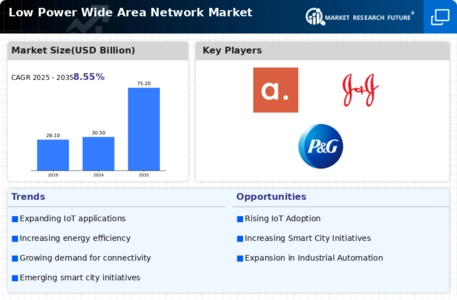
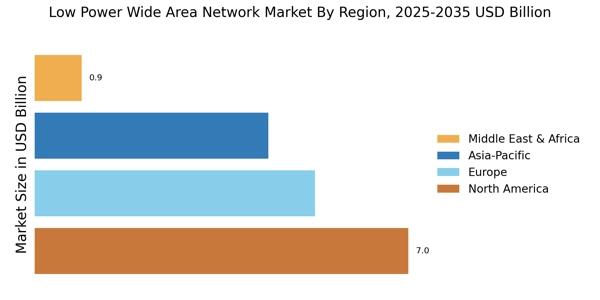

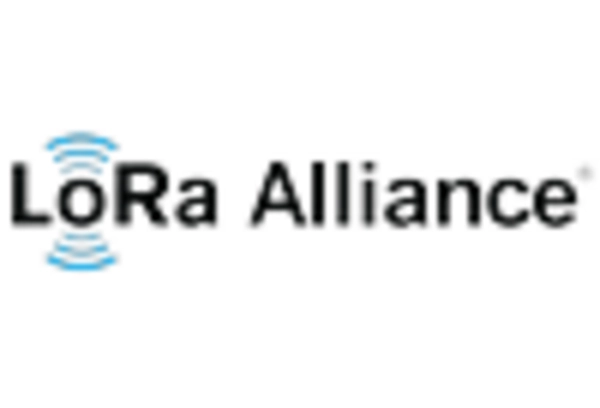

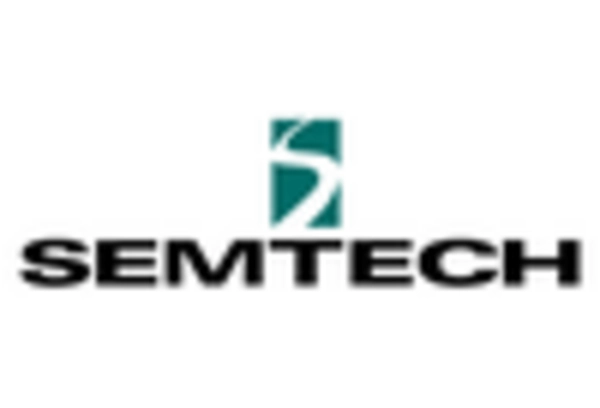

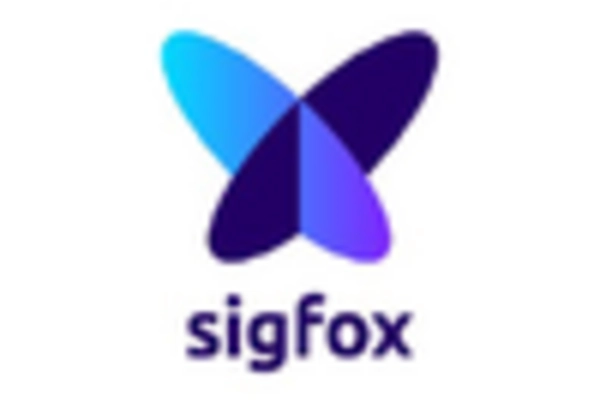








Leave a Comment